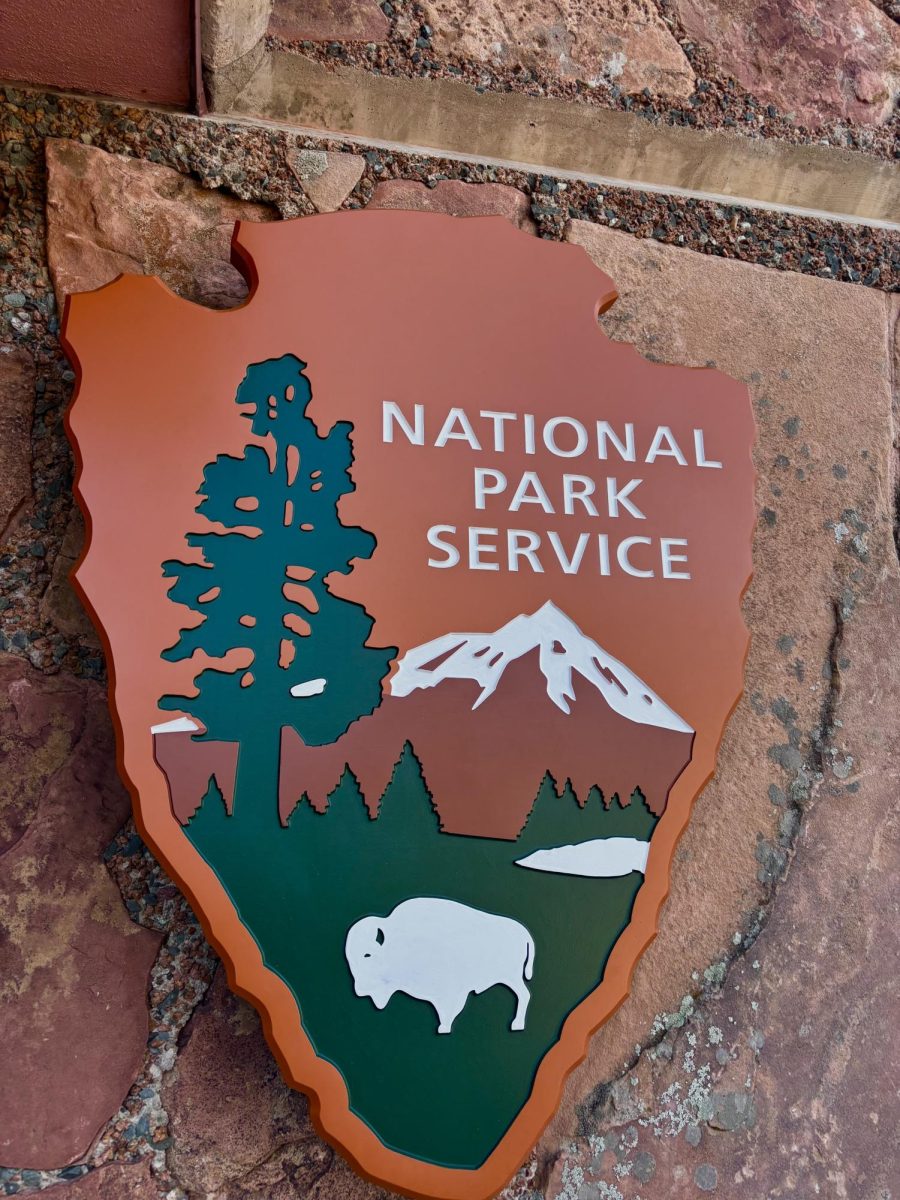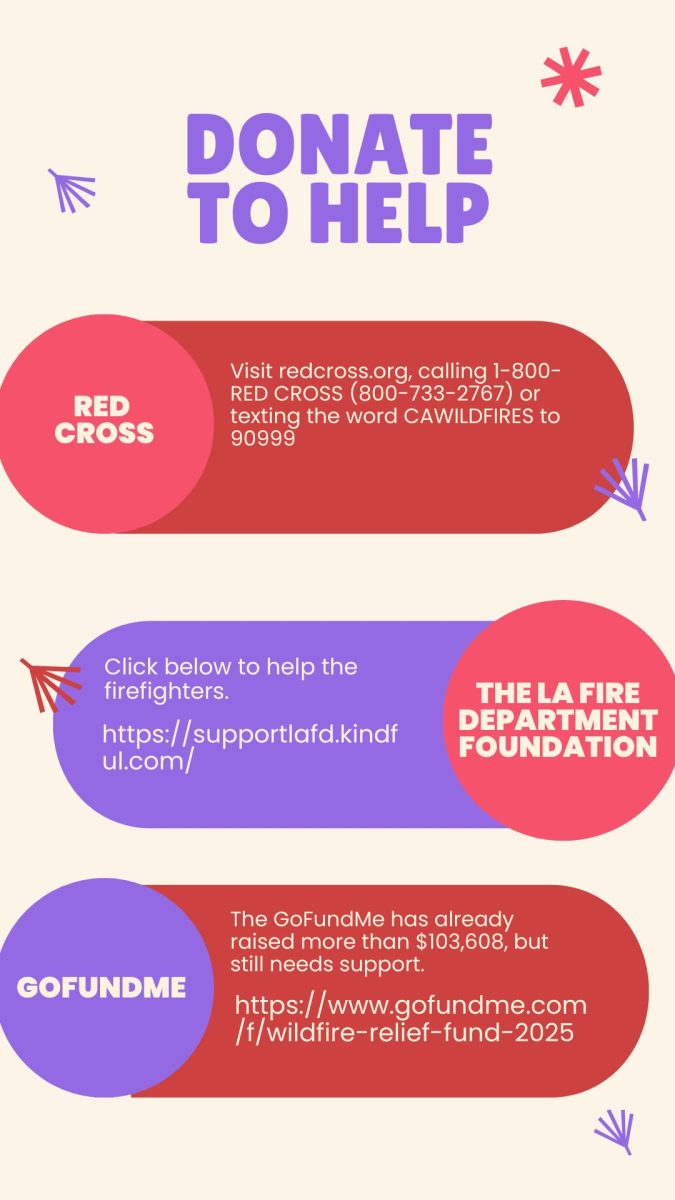By: Quintin Condra
Time to buckle up. In July the state of Indiana changed the legal driving age from 16 and 180 days to 16 and 90 days with drivers education, according to BMV.gov. Underclassmen anxiously await for the day they can get their license and drive around with their friends.
NAHS Resource Officer Sergeant Perry Parsons says he sits in his patrol truck on Vincennes Street, making sure of the safety of a constant flow of students before and after school. Sgt. Parsons sees new and current teen drivers everyday, and has for the past three years.
“I’m surprised honestly,” Sgt. Parsons said. “Stats show there’s a high percent of 16-year-old accidents. Period. It is going to make the responsibility and importance of their driving skills 1000 times more important.”
In Indiana 78 of the 162 deaths were 15-16 year olds, according to a 2008 Toll in fatalities involving young crashes (15–20 year old) drivers from the BMV. Teen drivers ages 16 to 19 are nearly three times more likely than drivers aged 20 and older to be in a fatal crash, according to the Center for Disease Control.
Parsons says that he looks forward to driving age being raised to 17.
“It makes my job a lot harder, because lack of maturity turns into a increase of accidents and violations,” Sgt. Parsons said.
Some student drivers say otherwise. Sophomore Isaiah Vaughn and junior Grace Winterhimer both got their license three months earlier because of the new law.
“It’s inconvenient for parents and students to not have their license,” said Winterhimer. “Once someone is 16 they’re capable to take the driving test and should be capable to get their license.”
Fifty six percent of teens rely on their parents to learn how to drive, according to State Farm Website.
“Teens don’t need to rely on there parents for rides,” said Vaughn. “You get more experience as a driver then as back seat bench warmer.”






